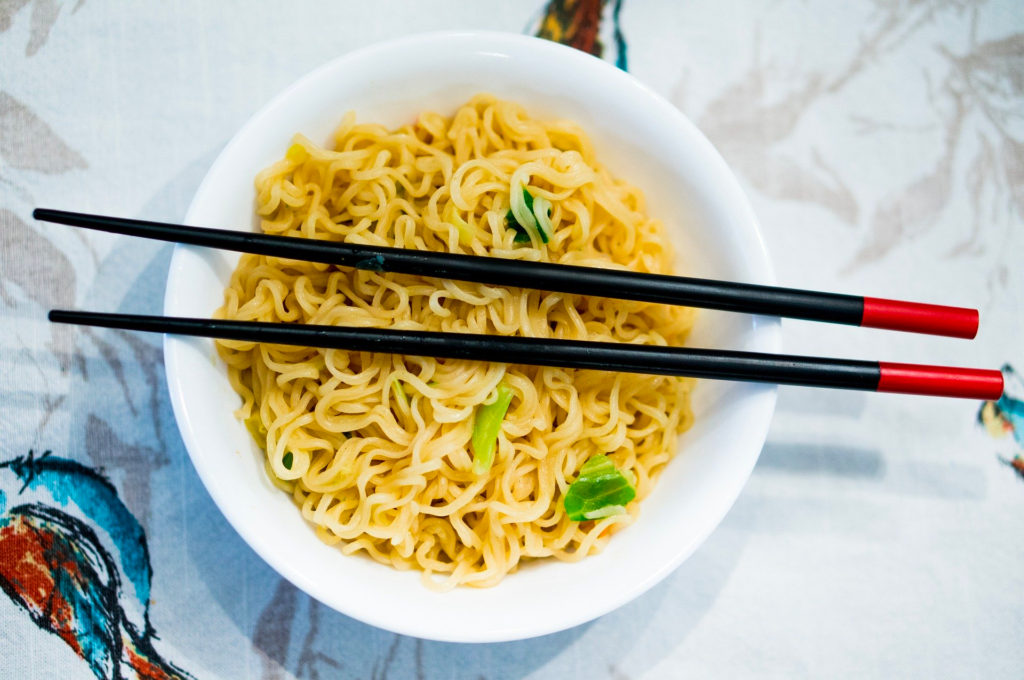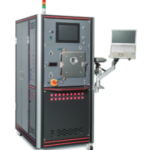
When we hear the word vacuum, we have a scientific image of it, but in fact it is used quite close to us in our daily lives.
One of the best examples is freeze-drying.
Instant noodles, instant coffee, instant soup, etc. are now an indispensable part of the daily meals.
This is a simple, non-technical explanation of such freeze-drying.
Is freeze drying today an evolution from traditional food preservation techniques?
It is clear from historical records that drying methods have been used to preserve food.
Freezing food and then drying it allows more moisture to be extracted.
Normally, ice (solid) becomes water (liquid) at temperatures above 0°C, then becomes vapor (gas) and evaporates to dryness.
However, at lower temperatures and humidity, ice (solid) evaporates as water vapor (gas).
This phenomenon is called sublimation.
In the past, food was dried by this phenomenon called sublimation, which was done under the atmospheric pressure near ground level (1 atm).
Modern freeze-drying.
In recent years, vacuum has been applied for freeze-drying
This is why it is known as freeze-vacuum drying.
This is based on the fact that a vacuum – i.e. low air pressure – lowers the temperature at which water evaporates.
Near ground level, where we live, water boils at 100 degrees Celsius.
This is the common understanding of temperature at which water (liquid) becomes water vapor (gas).
However, when water is brought to the top of the mountain, it boils before it reaches 100°C.
This is because the thinner air and lower atmospheric pressure results in lower temperatures at which water boils.
At the top of Mt Fuji, the water boils at lower than 90°C.
In short, the lower the atmospheric pressure, the lower the temperature at which water boils.
For example, at an atmospheric pressure of 1 Pa, the temperature at which water boils is below -50°C.
In everyday life, it is difficult to imagine water boiling at sub-zero temperatures, but freeze-drying uses this mechanism to freeze food in a vacuum, as well as boiling and evaporating the water.
By using this modern freeze-drying process, the frozen water evaporates as a gas, allowing the food to be dried in a short time and without losing its flavor
As the water is removed and the food becomes spongy, it returns to its original shape when hot or cold water is poured over it.
It also has the advantage that it is not heated, so its flavor remains the same and the nutrients are intact.
We offer sputtering equipment using vacuum technology, which is essential for making this delicious freeze-dried food.
For more information on our vacuum equipment, click here.





